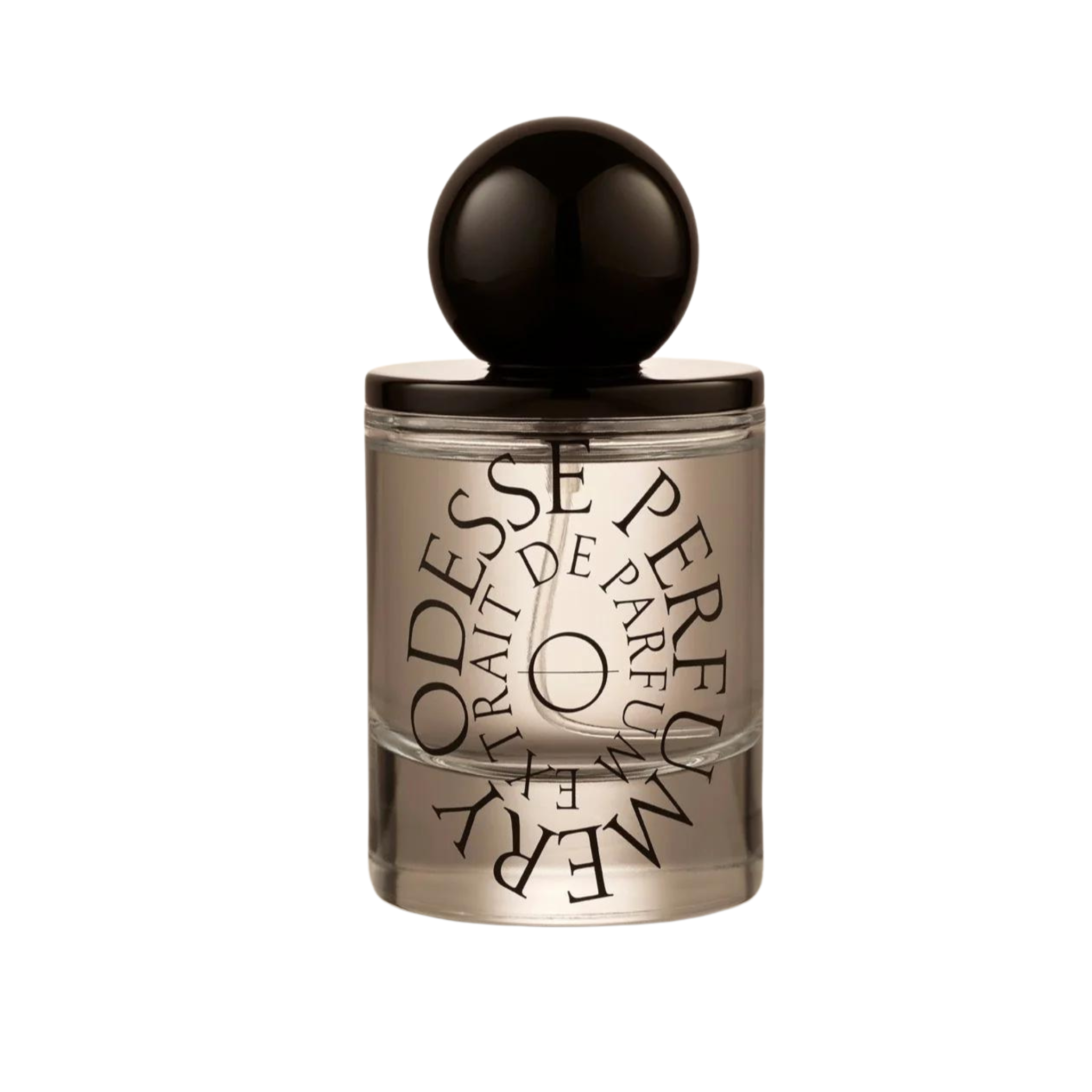What Are Fragrance Notes?

Understanding What Fragrance Notes is The Secret to the Perfect Fragrance Match
Perfume is far more than just a pleasant scent—it’s a carefully designed experience that can evoke emotions, stir memories, and express moods. When you spritz your favourite fragrance, it unfolds in stages, subtly changing over time.
This transformation is because perfumes are built in layers: top, middle, and base notes. In this guide, we’ll delve into these fragrance layers, explain how they work, and give you practical tips on how to choose a scent that reflects your personal style.
What Are Fragrance Notes?
Fragrance notes are the individual ingredients or scents within a perfume, and they’re arranged into three layers: top, middle (or heart), and base notes.
These layers don’t just blend together randomly. Each one is designed to reveal itself at different moments, giving the perfume its unique character and evolution as you wear it.
Understanding these layers can help you select a perfume that resonates with how you want to feel or how you want to be perceived throughout the day.
The Top Notes: Your First Impression
Top notes, often called "head notes," are the very first scents you smell when you apply a perfume. They are light, fresh, and often immediately recognisable.
However, these notes are fleeting, lasting anywhere from five to fifteen minutes before they evaporate, making room for the heart of the fragrance to emerge.
The primary role of top notes is to grab your attention and give you a first impression of the perfume. Imagine the bright zest of citrus or the crisp freshness of herbs; these are common top notes. Because they evaporate quickly, they’re usually composed of lighter, more volatile ingredients, such as bergamot, lemon, or lavender.
While top notes are crucial for that immediate burst of freshness, their purpose isn’t longevity. They set the stage, creating intrigue, but they’re not meant to last. Instead, they pave the way for the middle notes, the true heart of the fragrance, to shine.
The Middle Notes: The Heart of the Fragrance
After the initial top notes fade, the middle notes—or heart notes—begin to unfold. These middle notes are the essence of the perfume, giving it its depth and complexity. Often lasting for several hours, they form the core identity of the fragrance.
Middle notes are generally more full-bodied and robust than top notes, creating a balance that ties the lighter opening with the deeper base.
Commonly, you’ll find floral, fruity, or spicy ingredients in the heart of a perfume, such as jasmine, rose, cinnamon, or ylang-ylang. These scents are designed to be pleasing and smooth, without overpowering the senses.
This is the stage where the perfume really begins to express its personality. The middle notes are designed to linger, so you can expect them to remain for a while—often around three to five hours. As they gradually fade, they blend into the base notes, which provide the perfume’s lasting foundation.
The Base Notes: The Foundation
The base notes are the final layer of the fragrance, revealing themselves only after the middle notes have begun to fade. These notes are the most enduring, lingering on your skin for hours—sometimes all day.
They add depth and richness to the perfume, grounding the lighter top and middle notes with more intense, heavier scents.
Base notes are usually made up of rich, deep ingredients like sandalwood, musk, amber, or vanilla. These elements provide warmth and longevity, ensuring the perfume leaves a lasting impression.
The beauty of base notes is that while they might seem subtle at first, they strengthen over time as the lighter notes evaporate, creating a lingering, memorable scent.
The role of base notes is crucial for the perfume's longevity. Without them, even the most beautiful top and middle notes would vanish quickly, leaving no trace. They provide a solid foundation that allows the fragrance to last throughout the day, gradually releasing more complex, earthy, and sensual tones.
Here Are Some of Our Favourites (With Examples of Notes)
Heart Notes: Bergamot, Green Leaf, Iris
Base Notes: Musk, Tonka Bean, Moss
Heart Notes: Bergamot, Jasmine, Musk
Base Notes: Orange Flower, Freesia, Osmanthus

Shop The Hotel Jasmine Spray Perfume 50ml
Head Notes: Jasmine, Saffron, Blackberry
Heart Notes: Ambergris, Cedar
Base Notes: Fir Resin, Sage, Cream
Now that we’ve explored the structure of a single fragrance, you might be surprised to learn that you can layer different perfumes to create your own unique scent. Fragrance layering is an art that allows you to mix multiple perfumes, creating a combination that’s distinctly yours.
To get started with fragrance layering, it’s important to choose a base fragrance that contains strong base notes, like vanilla or sandalwood.
This will act as your foundation. Then, select another perfume with complementary top or middle notes—perhaps something lighter like citrus or florals—to enhance or contrast with your base scent.
You can layer them by applying the lighter fragrance first and following with the stronger one. This ensures that the dominant fragrance doesn’t overshadow the subtler notes.
Fragrance layering allows for endless creativity.
You can play around with different combinations until you find a blend that suits your mood, the season, or a special occasion. It’s a fun way to personalise your fragrance and express your individuality.
Choosing a Perfume Based on Fragrance Notes
When shopping for a new perfume, it’s easy to be drawn in by the scent and the look of the bottle. But understanding the fragrance layers can help you make a more informed decision, ensuring the perfume will smell just as lovely throughout the day as it does at first spritz.
Firstly, think about when and where you’ll be wearing the perfume. If you’re looking for something to wear during the day, lighter top notes like citrus or fresh florals might be ideal, as they’re bright and uplifting.
For evening wear or special occasions, you might want to opt for something with deeper, more sensual base notes like musk or amber, which will linger throughout the night.
Another important factor is your mood. If you’re feeling energetic and want to convey freshness and vibrancy, a perfume with zesty, invigorating top notes such as bergamot or grapefruit could be a perfect fit.
On the other hand, if you’re seeking comfort or something a little more luxurious, middle notes like jasmine or spices, paired with a rich vanilla or sandalwood base, can offer warmth and sophistication.
When testing perfumes, always try them on your skin rather than on a paper test strip. Perfumes react differently with your body chemistry, which means the way they smell on you can be different from how they smell in the bottle or on paper.
Apply the fragrance to your wrist or pulse points, then give it time to evolve through all three layers before deciding whether it’s the right one for you.
Understanding Fragrance Layers for the Perfect Scent
Perfumes are more than just a mix of scents—they are a journey. From the first burst of top notes to the lingering base notes, each layer is designed to evolve and create a sensory experience.
By understanding the structure of top, middle, and base notes, you can choose a fragrance that suits your lifestyle, mood, and personal style.
Whether you prefer fresh and vibrant or deep and sensual, knowing how each layer unfolds allows you to pick a perfume that feels like an extension of yourself.
If you’re ready to find your signature scent, explore our collection of beautifully curated fragrances at VAMS Beauty. With an array of perfumes designed to highlight the perfect balance of top, middle, and base notes, you’re sure to find the fragrance that’s uniquely you.
Read More On The VAMS Edit: Meet Skoop Skincare
Get to know us - HERE
Want $100 worth of Australian skincare and beauty products? Subscribe anywhere on the website for your chance to win!










Leave a comment